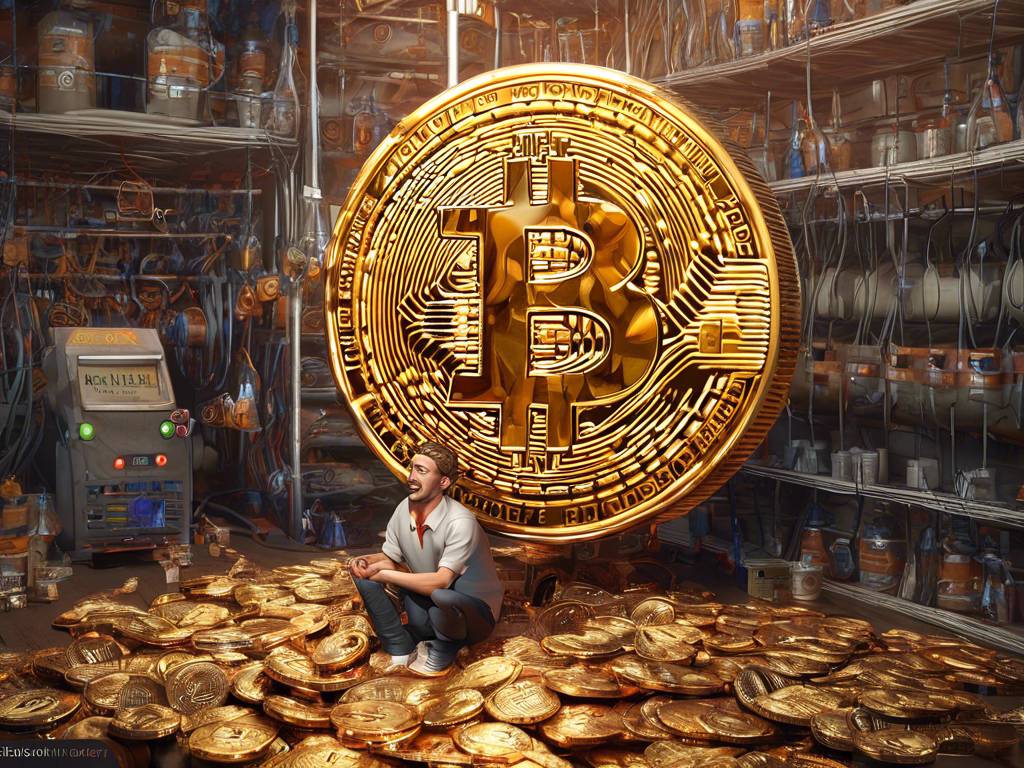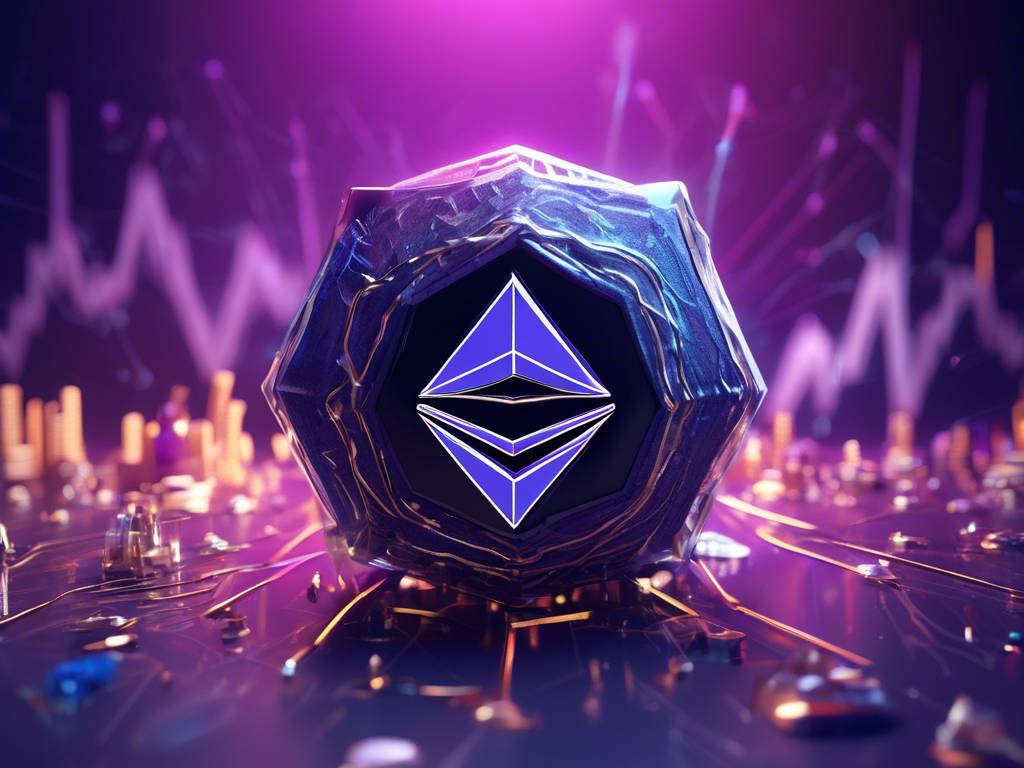Why Bitcoin’s Scarce Supply is Key to the Current Price Surge
One of the most intriguing aspects of Bitcoin is its limited supply and programmatic issuance, both of which were introduced by Satoshi Nakamoto. Unlike traditional forms of money, Bitcoin has a hard cap on its supply, meaning that it is impossible to create more than what the supply schedule dictates. Every 10 minutes, new Bitcoins are issued as block rewards to miners who secure the network. However, every four years (or 210,000 blocks), the supply issuance is reduced by 50% in an event known as the “halving.” The next halving is expected to occur around April 20 of this year.
The Economics of Scarcity
The concept of programmed scarcity in Bitcoin can be explained using basic supply and demand economics. As more people around the world learn about Bitcoin and want to use it for storing and sending value, the demand for the asset increases exponentially. At the same time, the supply of Bitcoin is decreasing due to the halving event. Miners receive fewer Bitcoins per block as block rewards, which means they have less to sell in order to cover their infrastructure costs.
- Bitcoin’s current block reward is 6.25 BTC (900 per day), which will be reduced to 3.125 BTC (450 per day) after the halving.
This dynamic of increasing demand and decreasing supply leads to price appreciation. As more people seek out Bitcoin with a limited supply available, the notional price and incentive for existing holders to sell their Bitcoins increase. This has been demonstrated by the recent SEC approval of spot Bitcoin ETFs, which has made it easier for new capital to enter the Bitcoin market.
Bitcoin ETFs Drive Demand
The launch of Bitcoin ETFs has had a significant impact on the supply and demand dynamics of Bitcoin. In less than two months, the cumulative trading volume of Bitcoin ETFs has surpassed $141.7 billion, breaking all historical precedents for the debut of an ETF product. The inflows into Bitcoin ETFs in the past two months have exceeded the inflows into all gold ETFs over the past five years.
- Bitcoin ETFs are acquiring a record amount of Bitcoin, with net inflows for the week ending March 15 reaching $2.57 billion.
Since their launch, Bitcoin ETFs have seen average inflows nearly three-and-a-half times larger than the daily block reward. The demand for Bitcoin through ETFs is expected to be 15 times larger than the new coins being provided by the network after the halving.
The Impact on Price
The basic economics of supply and demand have had a dramatic impact on the price of Bitcoin. Since the approval of Bitcoin ETFs, the price of Bitcoin has increased by approximately 61%, reaching new all-time highs in US dollar terms. The appreciation in price serves as a marketing tool for Bitcoin, as it attracts more media coverage and generates more interest in the asset. This leads to further adoption and price appreciation, fueling a new bull market for Bitcoin.
A Different Market Cycle
Predicting the price of Bitcoin based on previous market cycles may not be accurate this time around due to the unique buying behavior and demand generated by ETF products. Firms like Fidelity and BlackRock are not only using their marketing machines to bring their ETFs to customers but also incorporating them into their “all-in-one funds” to boost returns. These funds are automatically contributed to through vehicles like 401ks, IRAs, and pensions, bringing a consistent buyer of scale to Bitcoin.
- As these funds perform better with the inclusion of Bitcoin, competing funds will have to follow suit to avoid losing their customer base.
This time, we are likely to see a cascade of corporates, institutions, governments, and sovereign wealth funds entering the space as the ETF has brought legitimacy and accessibility to the asset class. The game theory designed by Satoshi is at play, with companies like Microstrategy reaping the benefits of being early adopters of Bitcoin as a treasury asset.
The Repricing of Bitcoin
Bitcoin’s limited supply and increasing demand have resulted in the repricing of the asset in real-time. The largest capital allocators in the world are now participating in Satoshi’s game theory, not wanting to miss out on the first-mover advantage. As more entities enter the space and recognize the significance of scarcity, we are witnessing fascinating times in the world of Bitcoin.
Mitch Kochman – Director of Platform Sales at BitGo
Mitch Kochman is the director of platform sales at BitGo. In his role, he manages BitGo’s premier client relationships with exchanges, miners, and payments platforms. With a focus on the Bitcoin-only ecosystem, Mitch has been with BitGo since 2022. Prior to joining BitGo, he spent 11 years at IBM as a sales executive leading global software strategy at major banks, including J.P. Morgan Chase.
Featured Image: Shutterstock/delcarmat





 By
By

 By
By
 By
By
 By
By
 By
By